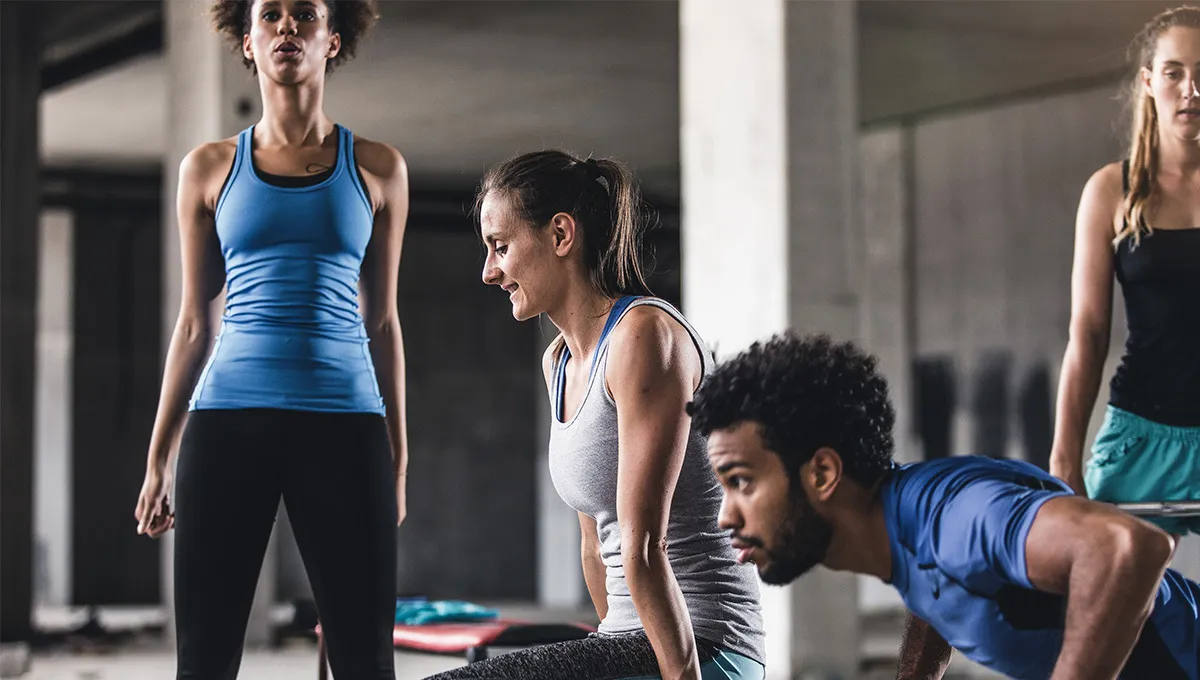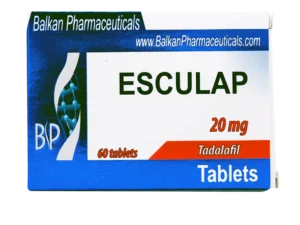To create relief, it is necessary to work in two directions: muscle hypertrophy and fat burning.
The first stage in achieving relief includes training for muscle growth and a weight diet.
With the development of sufficient muscle volume, you can start burning fat. To do this, 1-2 strength training sessions are performed per week (for example, circular or two-day split with 3-5 approaches per muscle group, weights about 80% of the repeated maximum) to maintain muscle volumes, as well as aerobic training, which will be discussed in this article.
Keep in mind that to get the relief you will need to lose from 3 to 10 kg, depending on the percentage of fat in your body.
Who needs aerobic training?
Aerobic training is a type of training that is resorted to obtaining relief during the drying cycle. In addition, aerobic training strengthens the cardiovascular system, increases endurance and efficiency of the body, improves mental state. Aerobic training accelerates recovery after mental stress and increases resistance to stress. This article contains a list of rules that allow you to correctly create a training regime that is optimally suited for you to achieve maximum results in bodybuilding and other sports.
How to improve the results of aerobic training?
– Pay attention to the rules of the training
– Take appropriate sports nutrition
– Follow the recommended diet
– Use pharmacological support
Rules of aerobic training for relief
Do aerobic workouts at least 3 times a week. You need to know that brute force is also not needed – the optimal scheme is 4 times a week, no more!
The best time for aerobic training is in the morning. In the morning, metabolism is accelerated under the influence of activating hormones – catecholamines and glucocorticoids. Scientists have proved that the same duration and intensity of aerobic exercise in the morning will require 20% more energy consumption than in the evening. Thus, in the morning you will burn 20% more fat than in the evening.
The minimum duration of aerobic training is 30 minutes, the optimal duration is 1 hour. The longer you exercise, the more fat is burned. However, with too voluminous loads, catabolism sharply increases. Do not eat 2 hours before an aerobic workout and 2 hours after a workout. If you take food before training, you will burn the energy of food, while fat will not be included in the consumption. After training, there is a large number of free fats in the blood, if you do not take food, then these facts will be destroyed during metabolic processes for water and energy, if you eat, then all free fats will return to adipose tissue.
To suppress catabolic processes, it is advisable to take 0.5 servings of protein 1 hour before the start of training and 1 hour after it. Immediately before and immediately after training, take 1 serving of BCAA or a complex of amino acids. In this case, you will be able to preserve your muscles as much as possible.
Intensity plays an important role in the effectiveness of aerobic training. The intensity of aerobic training correlates with the pulse rate, so the pulse can determine the level of intensity of training. It is proved that to obtain relief, the pulse rate should not be lower than 120 beats per minute. You can determine the optimal pulse range with the help of our expert system – Calculation of the optimal pulse rate. Remember that the pulse rate above 140 beats per minute is permissible only after 3 weeks of training, which are required for the adaptation of the cardiovascular system. Read more: Training areas.
For maximum results, follow a special regime. Start training at a slow pace to prepare the body for the load. Then continue training with undulating intensity: lower and increase the intensity every 10 minutes. Finish the workout, gradually reducing the pace. Read more: Interval training.
It is optimal to perform 3-5 aerobic workouts per week, along with 1-2 strength training sessions. Try to do strength and aerobic workouts on different days.
Aerobic training can be carried out immediately after bodybuilding or powerlifting, but this is a less preferable option due to the significant activation of catabolism.
The best types of physical activity for relief
Running is the optimal type of training for getting relief. Running does not require special simulators and a gym in general, at the same time it allows you to speed up your metabolism and fat burning process as much as possible.
- Brisk walking is an alternative to running. Walking is recommended for people with diseases of the joints of the lower extremities and spine, it is less traumatic. Walking does not cause an overload of the cardiovascular system. When working on terrain, walking should be fast – at least 120 steps per minute, at a slower pace, the fat burning process is much slower.
- Swimming – can be combined with other types of load, as well as separately. Swimming strengthens the muscular corset of the back, corrects posture, is useful for the spine, it creates a load not only on the legs but also on the shoulder girdle. Swimming is the most harmonious type of physical activity.
- Exercise equipment. In modern gyms there is a large selection of fitness equipment for aerobic training, you can choose at your discretion. One of the preferred options is an elliptical simulator.
- Active games – football, basketball, volleyball, and so on.
- Bicycle, roller skates – make training more fun, but they burn much fewer calories than running.
- Abs exercises. If you want a flat or raised belly, you should add abs exercises to the previous types. Read the main article: Press exercises and workout features.






